Common House Pests
These are called Occasional Invaders, as they're typically not as commonly known or active like ants or spiders,
These are called Occasional Invaders, as they're typically not as commonly known or active like ants or spiders,
Most occasional invaders enter structures because outside weather conditions become too hostile for their survival. However, occasional invaders are often just nuisance pests because they cannot survive for long periods of time indoors.
Take, for example, the brown marmorated stink bug, which has become notorious for its "smelly" reputation. Learn about the different types of occasional pests, including stink bugs, centipedes, and millipedes and how to get rid of them.
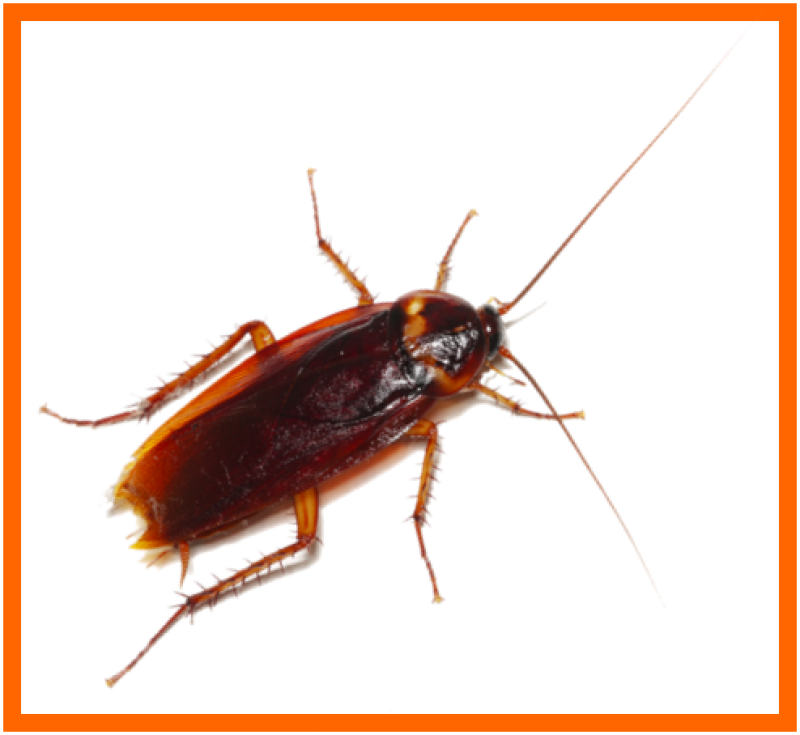
They can enter your home in many different ways; through cracks and crevices, sewer pipes, drain pipes or vents. Once inside they can manifest rapidly, and as long as your home provides food and shelter, they can remain active year round.
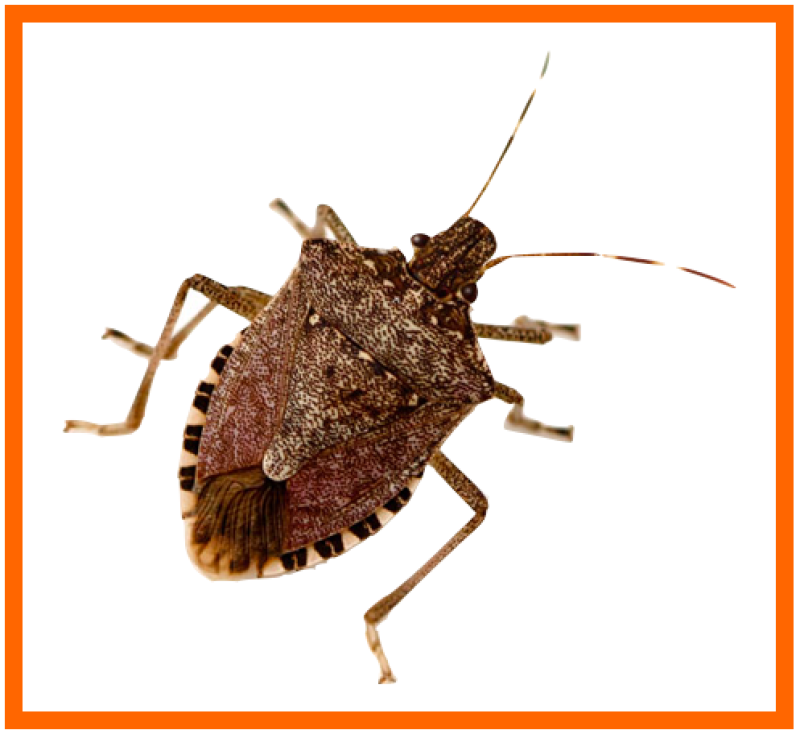
The stink bug earned its name from its tendency to release an odor when disturbed or when crushed. It was introduced to the US in the 1990's and most people have seen them in their home during the spring, as the winterized in your walls and are trying to get back outside. You can only treat for these in the fall, prior them finding their way in.
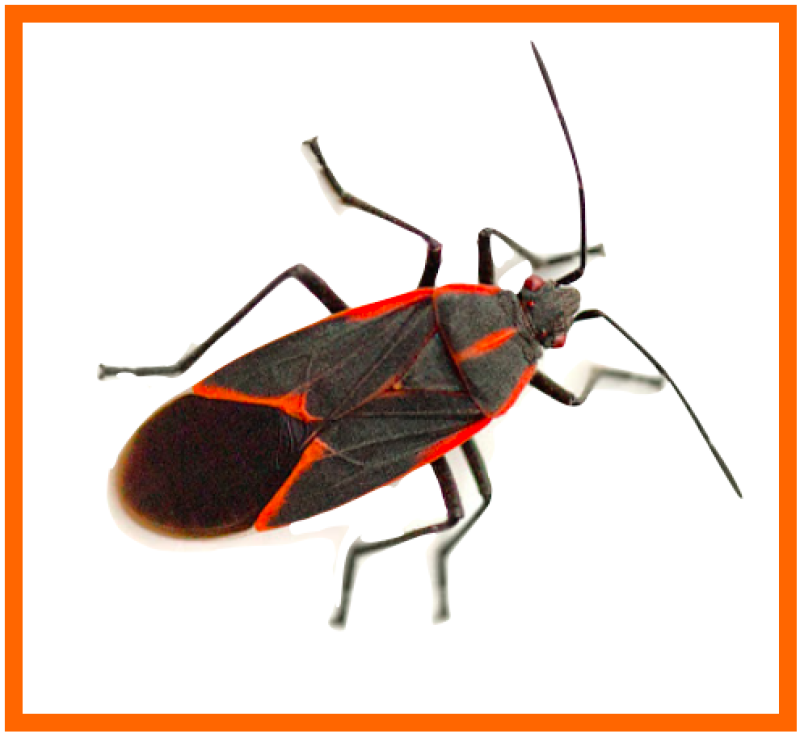
You'll discover a cluster of these together wherever boxelder trees are found. They can even come from the tree next-door Boxelder bugs are primarily a nuisance pest as they enter structures, including homes, sheds and garages to overwinter.
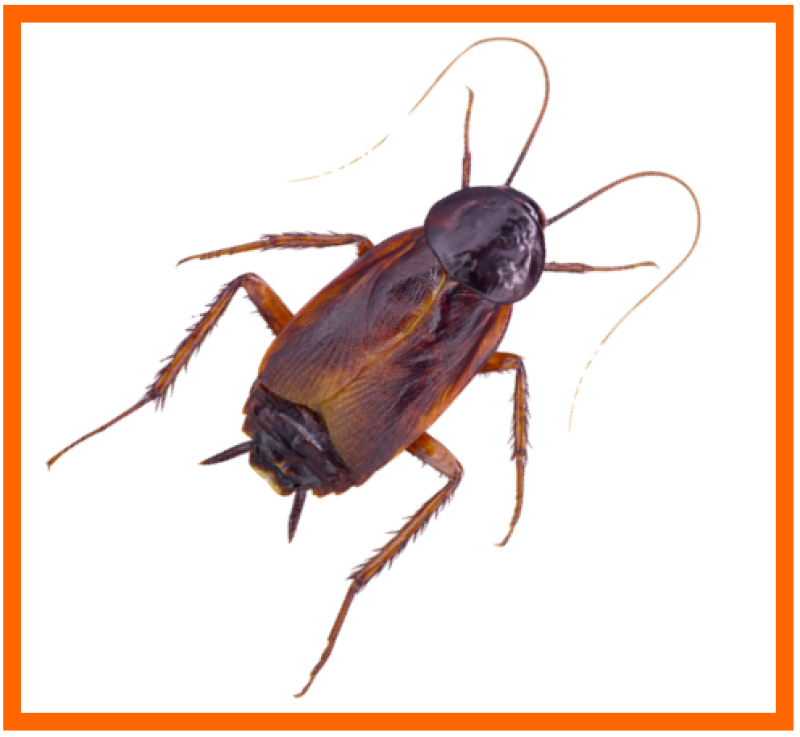
The American cockroach is the largest of the house-infesting roaches and a major pest in the United States. It’s also commonly known as the water bug, the Bombay canary or the palmetto bug.
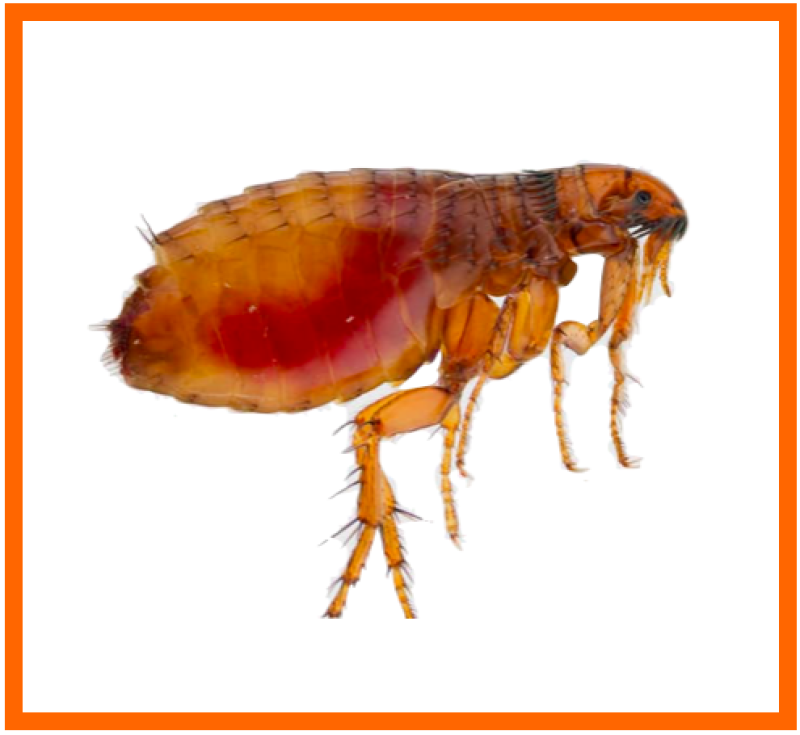
While pet owners are primarily at risk for flea infestations, these biting pests can also be brought onto a property via wild animals like raccoons or skunks and then make their way into a home.
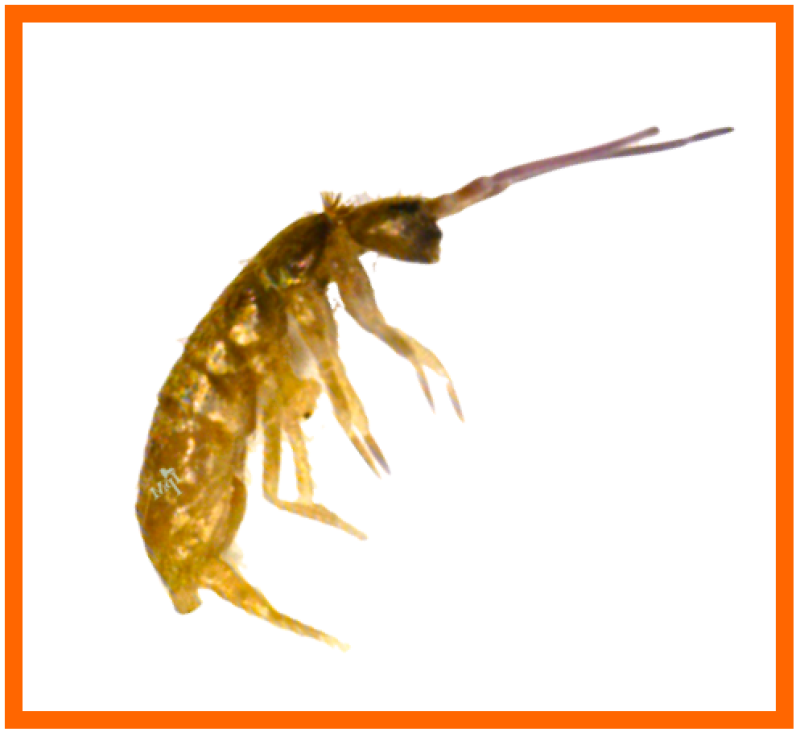
Springtails are very common around pools with nearby vegetation, around air conditioning condensate drain lines and other moist areas. To prevent inside the home, reduce sources of excess moisture throughout the house.
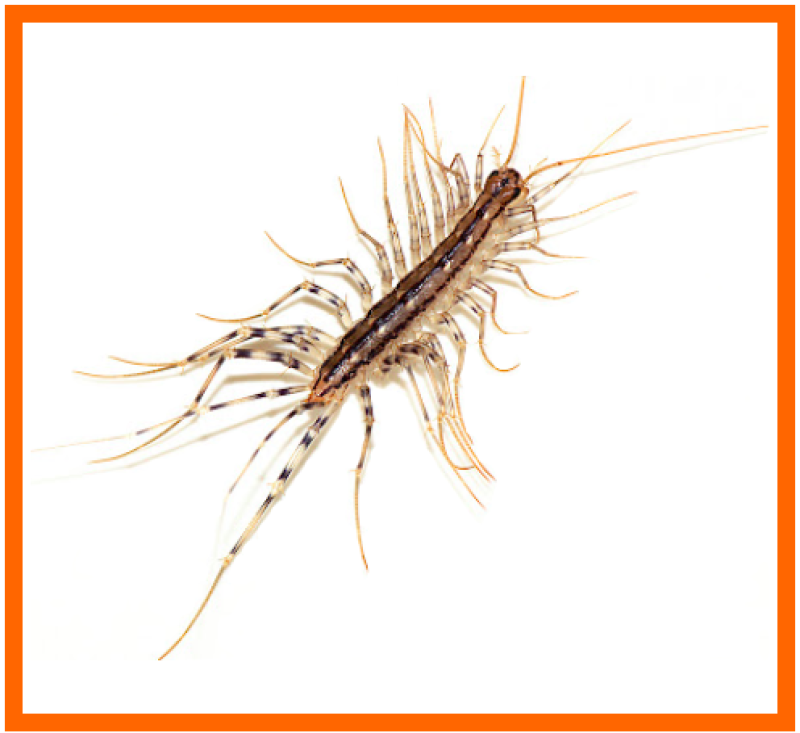
Centipedes are rarely seen by humans due to their nocturnal activity and the speed in which they move. The most effective way to prevent a centipede infestation is to reduce areas of moisture in and around your home.
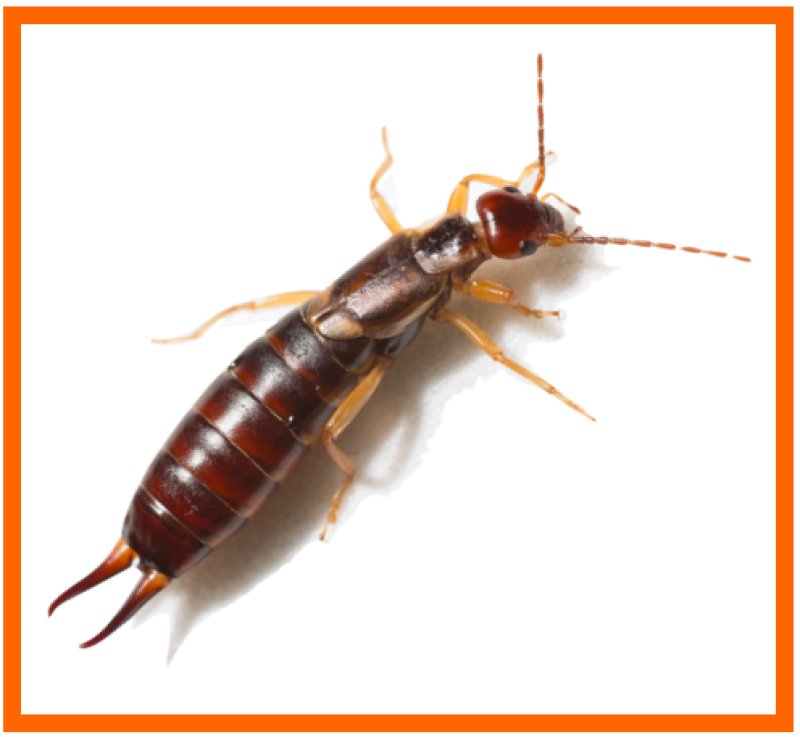
Since earwigs prefer moist protected areas, they usually congregate in areas with high condensation such as unventilated basements. Earwigs are also attracted to dirt and leaves, so an unfinished basement floor is an ideal environment for these pests.
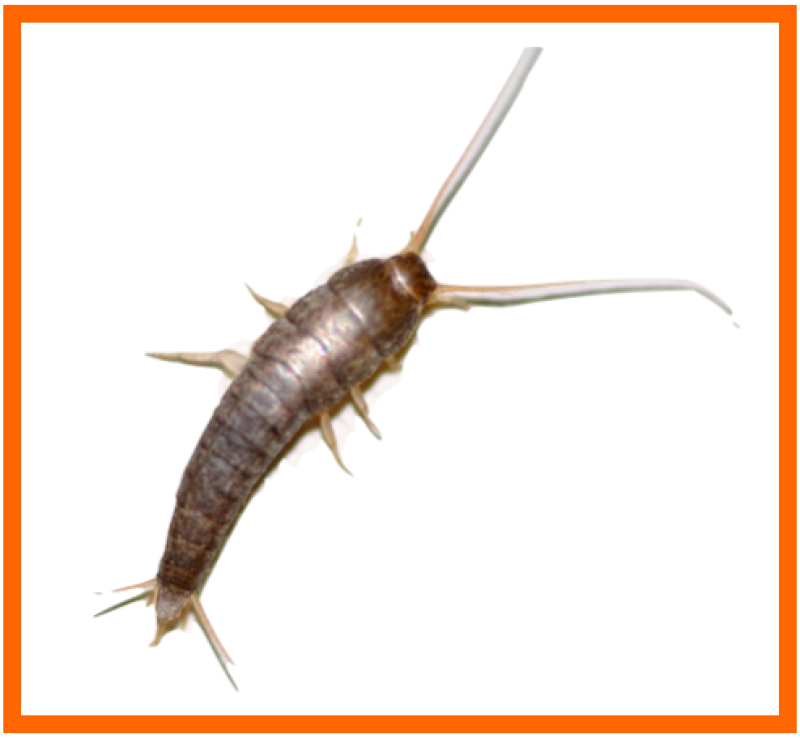
Silverfish get their name from the insect’s silvery, metallic appearance and fish-like shape and movements. They are found throughout the U.S. and are typically seen in moist, humid areas in the home, such as bathrooms, basements and attics.
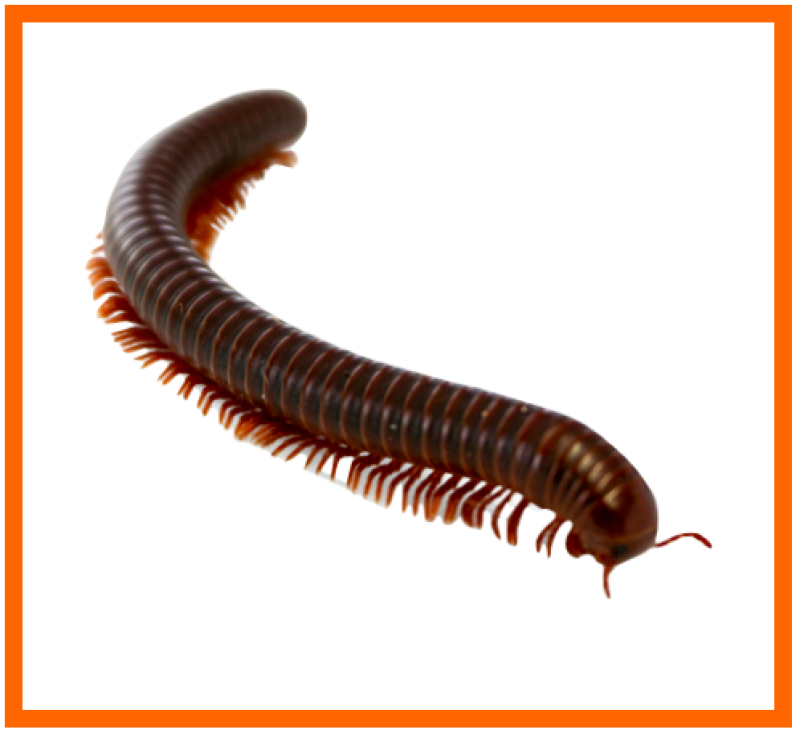
They are typically found in areas of high moisture and decaying vegetation, such as under trash, in piles of grass clippings, flower-bed mulches, piles of leaves, etc. Millipedes do not usually survive indoors for more than a few days unless there are high moisture conditions and a food supply is present.
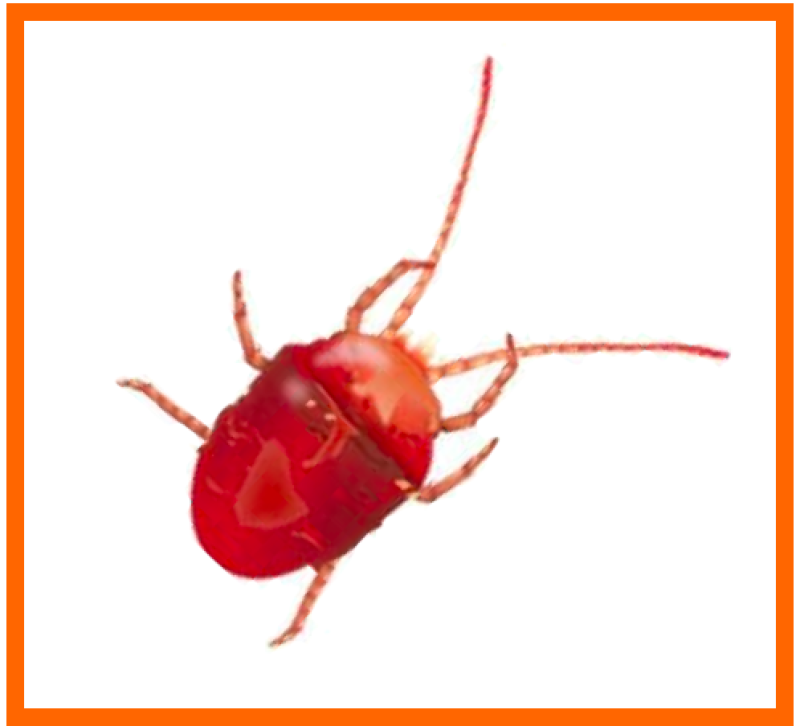
This dark reddish brown pest, which is smaller than a pinhead, does not pose a threat to human health or cause major damage to homes, but it can be a severe nuisance when it invades structures. Most active in early spring.
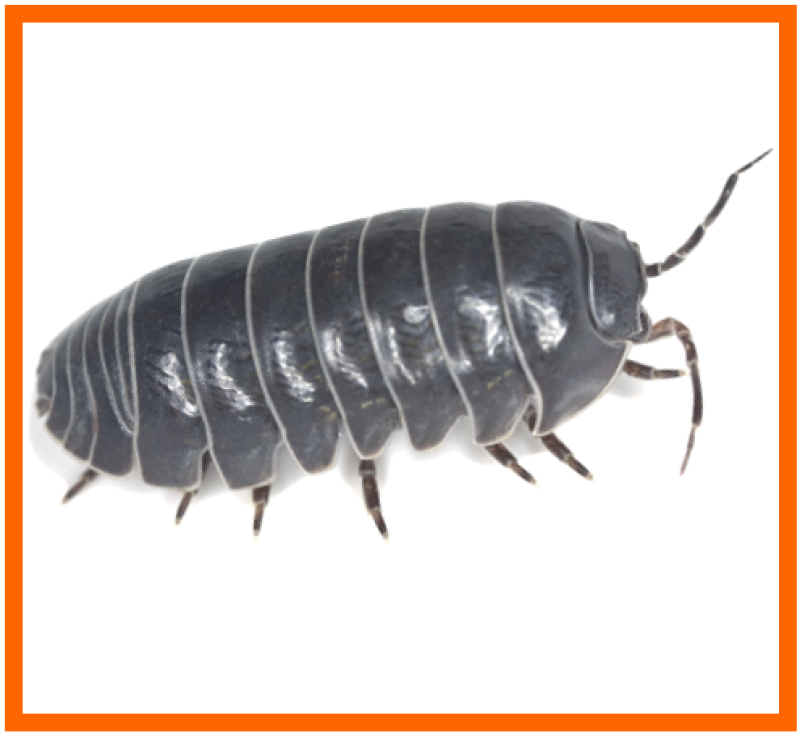
Pill bugs are sometimes referred to as rollie pollies. Seeing a pill bug in the home usually means that there is a large population outdoors. Pill bugs do not survive more than a few days indoors without moist conditions and a food supply.
Need to ID a pest? Let us help identify your pest by sending us an image. Receive a free quote by filling out our online form today!
Get Started